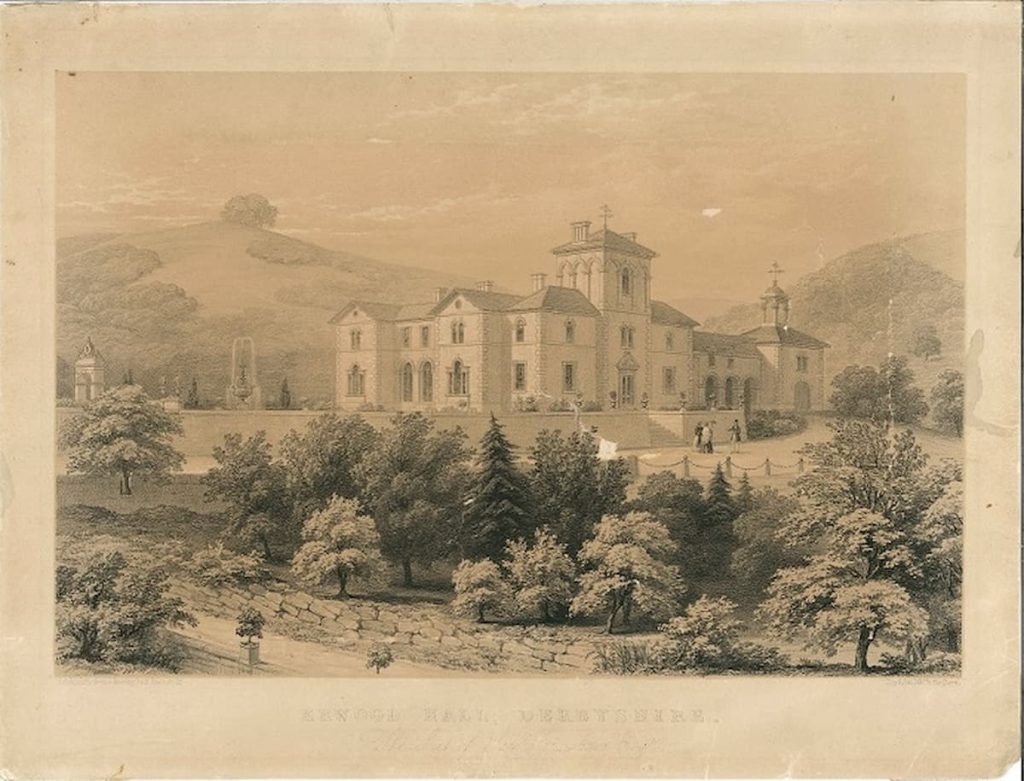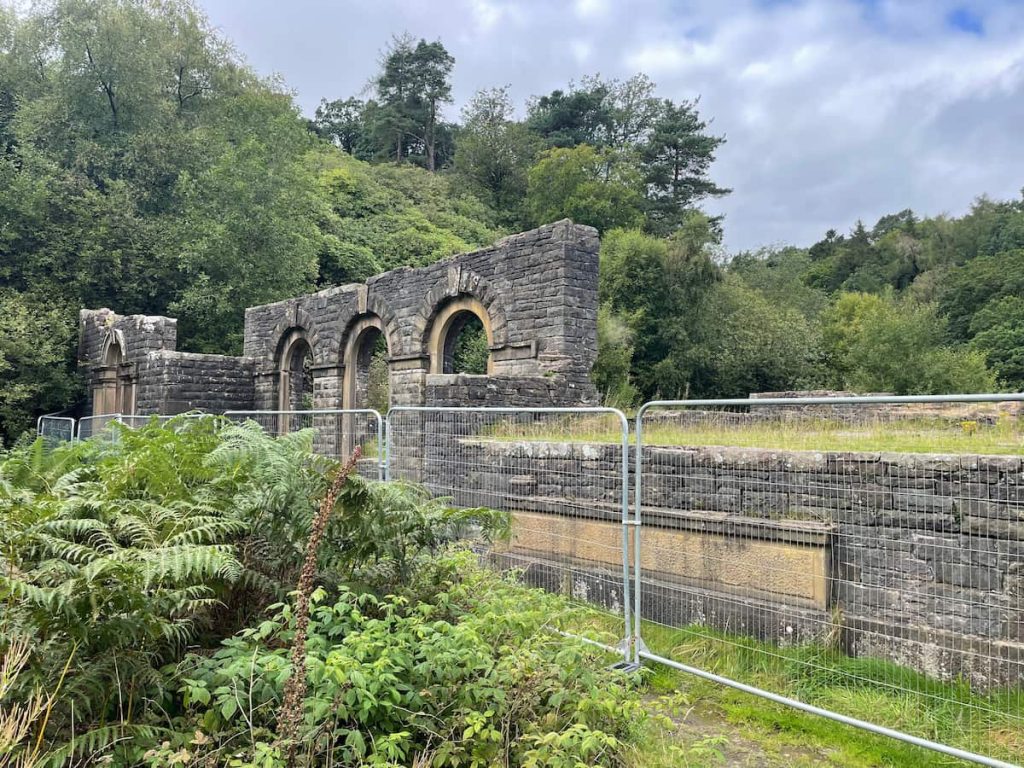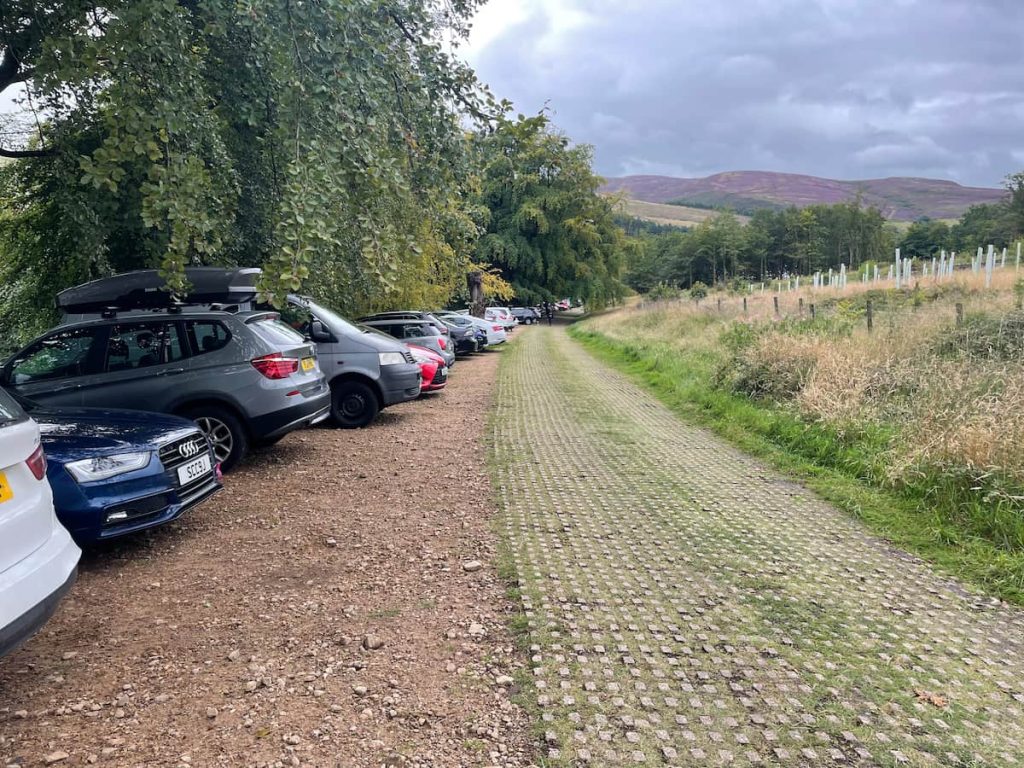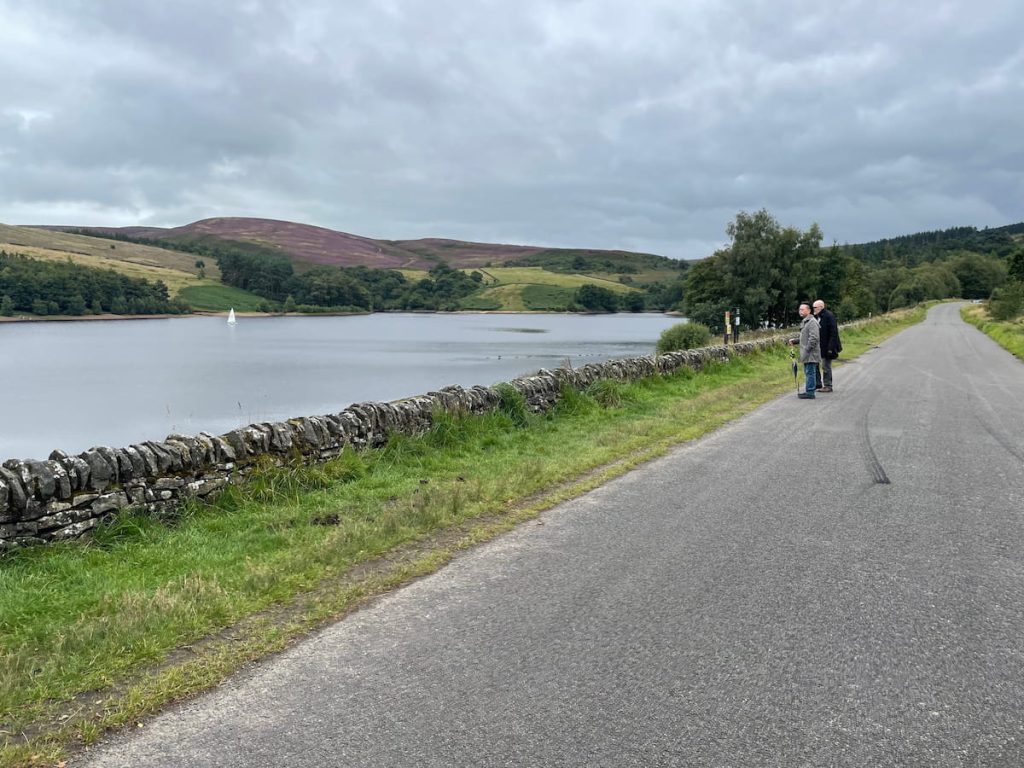Amidst the breathtaking landscapes of the Peak District lies a historic gem, wrapped in tales of opulence, and eventual decline.
Errwood Hall, though now a mere shadow of its former self, tells the tale of a bygone era where luxury met nature.
Venture with me into the heart of Goyt Valley, as we unravel the story of a mansion that once was, the people who called it home, and the legacy it has left behind.
History of Errwood Hall

Errwood Hall, nestled within the Peak District’s Goyt Valley, stands as a testament to the rich tapestry of England’s past. This grand Victorian mansion, now in ruins, once stood tall in the 19th century.
The hall was built in the 1830s for the wealthy Grimshawe family, who were renowned Manchester merchants. Samuel Grimshawe, the patriarch, transformed the estate into a vibrant hub, hosting extravagant parties attended by the distiquied members of society. The Grimshawes were also known for their close ties with the local community, employing many in the hall and its surroundings.
The grounds of Errwood Hall were as impressive as the structure itself. With meticulously maintained gardens, the estate boasted exotic plants and flowers, thanks to the Grimshawe’s travels. Moreover, there is a notable Spanish influence seen in the structures around, like the Spanish Shrine, which is a nod to the Spanish governess, Miss Dolores, who the Grimshawe children were deeply fond of.
In the 20th century, with the construction of the Fernilee Reservoir, the hall was deemed unfit for habitation. It was then sadly demolished in the 1930s, leaving behind the ruins.
Today, Errwood Hall attracts visitors from all corners, offering a glimpse into the past against the backdrop of the stunning Peak District.
Visiting the Ruins
The Ruins of Errwood Hall are accessible via a path leading up from the reservoir, and only a small walk is required.
IMPORTANT: At the last time I visited (September 2023), the ruins were surrounded by fences blocking access, due to safety works being carried out at the site. While it’s still visible, it’s far less impressive and accessible with the fences – these should now have been removed, though.

Errwood Hall Car Parking
You can park just a short distance away from the ruins (10-15 minutes uphill ) at Errwood Hall car park. You can also park at “the street” if the car park is full or it’s a Sunday / bank holiday (11 am – 4 pm) when they shut the road along the stretch.

Parking is FREE at those car parks in the surrounding area.
The Ruins of Errwood Hall are not accessible via public transport in the local area.
Amenities
There are no major amenities in the local area, although there are picnic benches dotted around the car parks, as well as an ice cream van that is usually present on the weekends and summer holidays.

Some of the closest pubs are:
- The famous Cat & Fiddle
- The Shady Oak Country Inn
Walking to the Ruins of Errwood Hall
Download file for GPSThis route heads up from the reservoir car park, through the treeline, and after just a short distance, you’ll reach the Ruins of Errwood Hall.
- If heading from “the street” car park, head down the road following the reservoir on your left, where you’ll pass over a bridge before reaching Errwood Hall car park.

- Once at Errwood Hall car park, head away from the reservoir and up the hill towards the treeline.

- After entering the forested area, you’ll come across a well-groomed, rocky path, which you can follow around and down the hill.

- Eventually, you’ll come across a U-turn in the path, which you can follow around, leading you to the ruins of Errwood Hall. Enjoy!

If you want a full, circular hike following this, see my Shining Tor Walk, which continues up the hill to Shinning Tor, with epic views of the surrounding area, before heading down and around Errwood reservoir.
Or the Errwood Reservoir walk, which is a curricular route around the reservoir, passing near the ruins of Errwood Hall.
Ruin of Errwood Hall – FAQs
Why was Errwood Hall demolished?
Errwood Hall was demolished primarily in the 1930s. The reason for its demolition was the construction of the Fernilee Reservoir by the Stockport Water Corporation.
Although the hall itself was not submerged under the new reservoir, it was considered too close for comfort, leading to concerns about its safety and hygiene.
Consequently, the decision was taken to demolish the Hall, even though it had stood as a significant landmark in the region and held historical significance.
How old is the Errwood Hall?
Errwood Hall was constructed in the 1830s, commissioned by Samuel Grimshawe, a wealthy Manchester businessman. The ruins of Errwood Hall stand as a testament to nearly two centuries of history.

